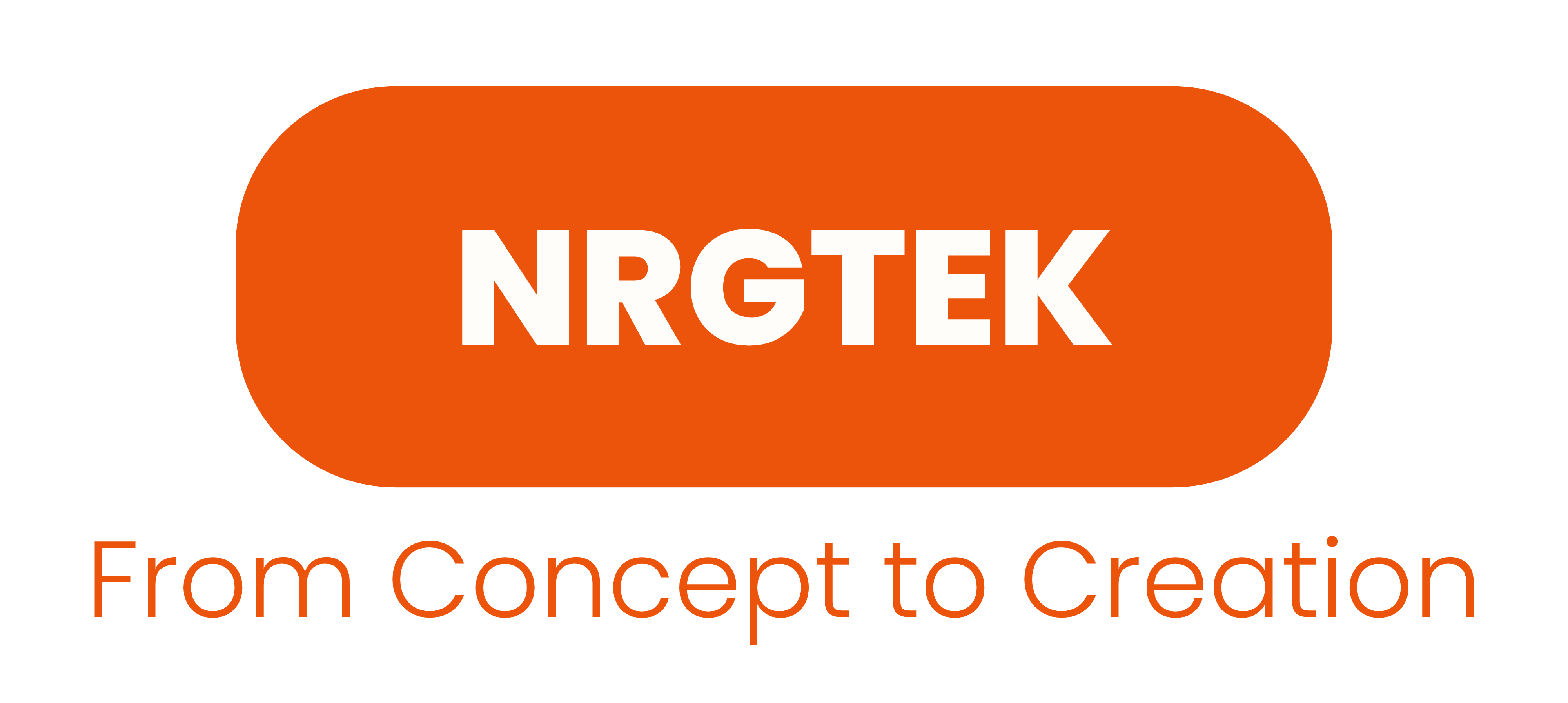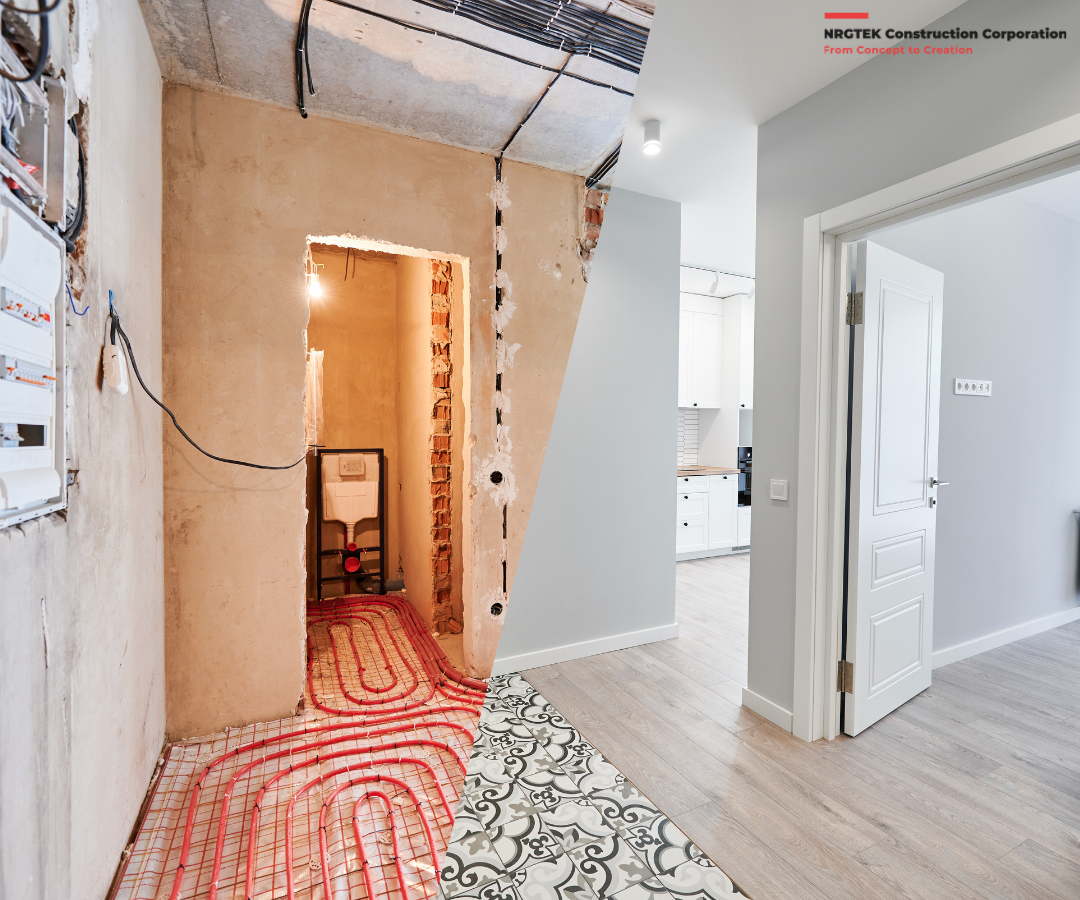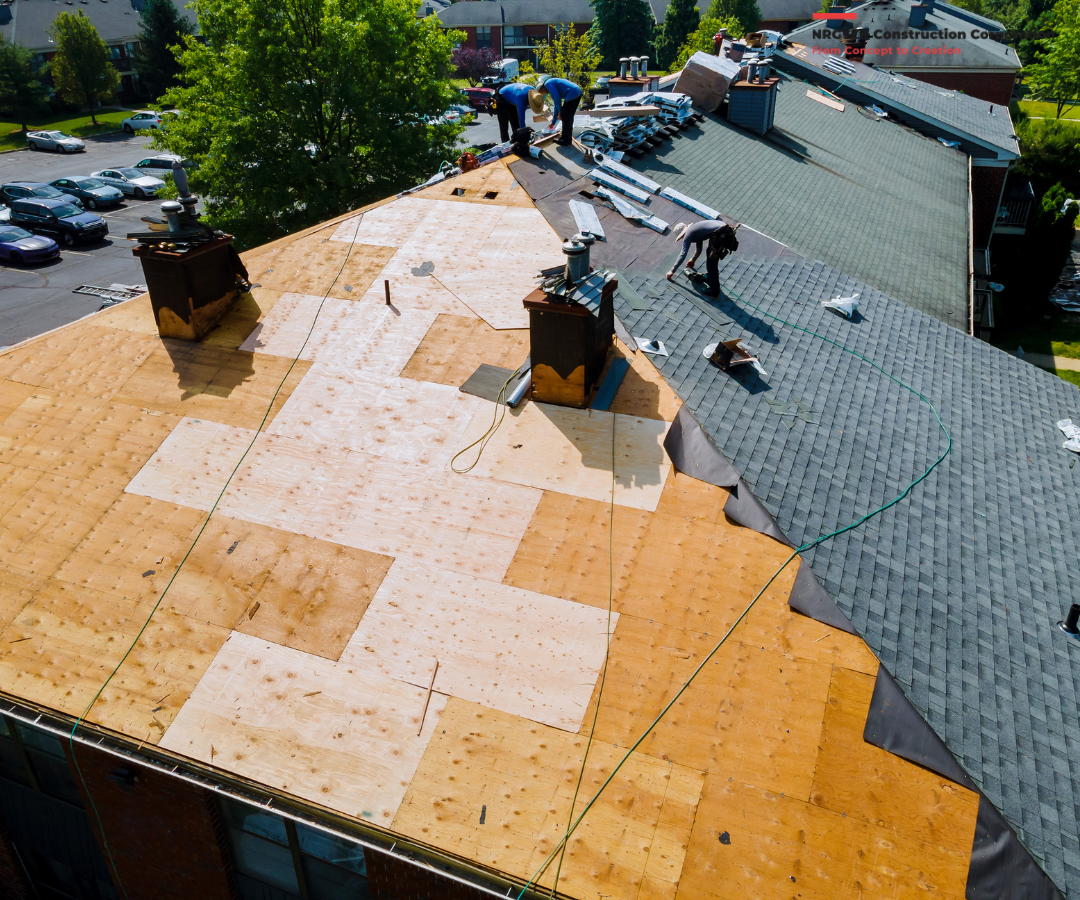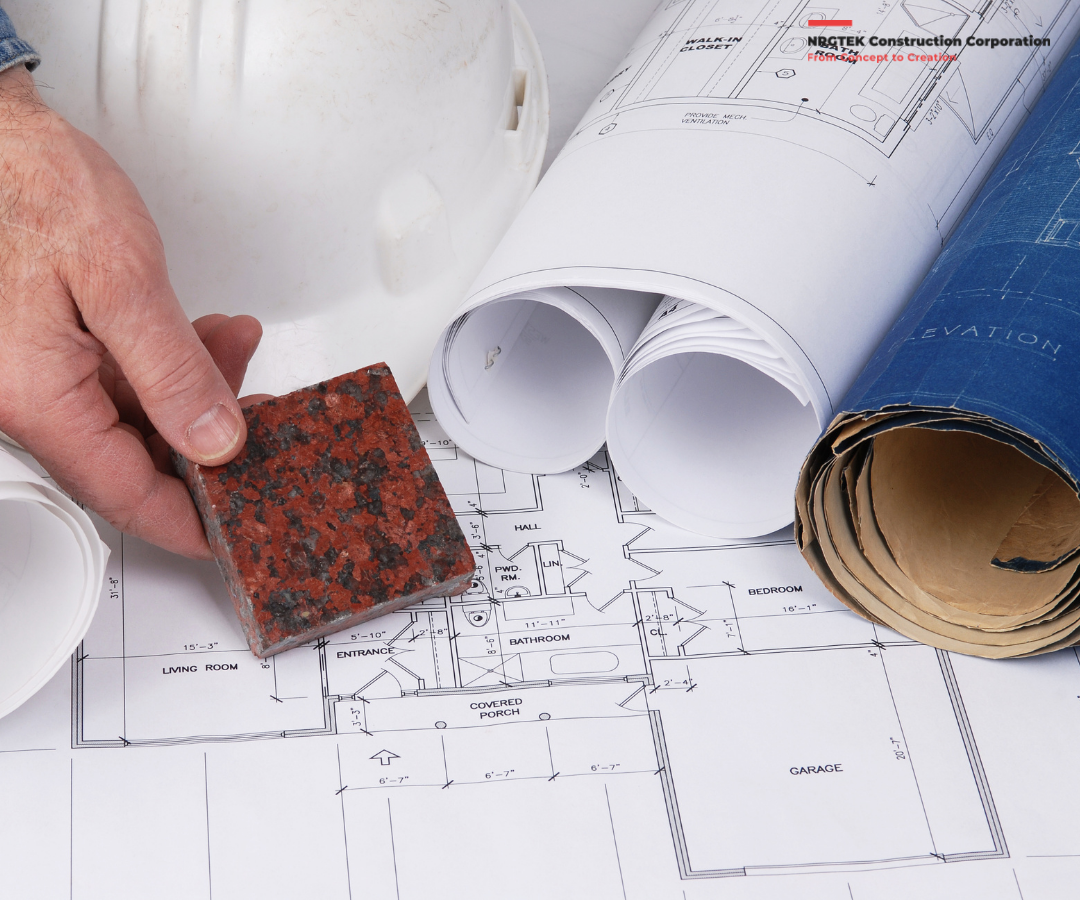
In British Columbia (BC), buying a house is an exciting milestone, but it may also be one of the biggest financial choices you’ll ever make. Knowing how to finance a home is essential since real estate prices in the province are frequently higher than the national average. Here is a thorough overview of your mortgage options along with guidance to help you through this crucial process.
1. Understanding Mortgage Basics
A loan used to buy a house is called a mortgage. The majority of buyers in British Columbia need a mortgage to pay for their property. Usually, a mortgage consists of two parts:
- Principal: The amount borrowed.
- Interest: The fee charged by the lender for borrowing the money.
2. Types of Mortgages Available in BC
BC offers several mortgage options to suit different financial situations and homebuying needs.
a) Conventional Mortgage
A down payment of at least 20% of the purchase price of the house is required for a conventional mortgage. With this kind of mortgage, you can avoid paying the extra money for mortgage default insurance.
b) High-Ratio Mortgage
A high-ratio mortgage, where the down payment is between 5% and 19.99%, is an option if you are unable to afford the full 20% down payment. Mortgage default insurance is required for this kind of mortgage in order to safeguard the lender in the event of borrower default. Depending on the amount of your down payment, the insurance premium is added to your mortgage payments.
c) Fixed-Rate Mortgage
In a fixed-rate mortgage, the interest rate is set for the term of the mortgage (typically between one and five years). If you prefer stability in your budgeting, this is a good option because it gives you payment predictability.
d) Variable-Rate Mortgage
When a mortgage has a variable rate, the interest rate is subject to changes in the prime lending rate set by the Bank of Canada. Compared to a fixed-rate mortgage, the initial interest rate is frequently lower, but it may rise over time. If interest rates remain low, variable-rate mortgages may save money, but they carry greater risk.
3. Government Programs to Help with Financing
The federal and provincial governments in Canada provide programs to help BC homebuyers with their down payments and reduce their financial burden.
a) First-Time Home Buyer Incentive
Under this program, a shared-equity loan equivalent to 5% to 10% of the home’s purchase price is given to first-time buyers. This loan has no interest and has to be paid back after 25 years or when you sell your house.
b) Home Buyers’ Plan (HBP)
First-time homebuyers can take out up to $35,000 tax-free from their Registered Retirement Savings Plan (RRSP) as part of the Home Buyers’ Program (HBP) to use toward a down payment. You have 15 years to pay back the money that was taken out.
c) BC First-Time Home Buyers’ Program
Through this program, first-time homebuyers can be eligible for a reduction or exemption from property transfer taxes when they buy their first house.
d) BC Home Owner Grant
While not specifically for first-time homebuyers, this grant helps reduce property taxes for eligible homeowners.
4. Steps to Secure a Mortgage
a) Determine How Much You Can Afford
Analyze your financial situation to ascertain how much you can afford before you begin your home search. Your income, debt, and credit score are factors that lenders consider when determining how much to lend you.
b) Get Pre-Approved for a Mortgage
A pre-approval for a mortgage helps to expedite the home-buying process by providing you with an accurate estimate of your borrowing capacity and interest rate. Pre-approval can help you in negotiations by demonstrating to sellers that you are a serious buyer.
c) Work with a Mortgage Broker or Bank 
While banks might provide you with better terms if you have a long-standing relationship with them, mortgage brokers can assist you in comparing rates from various lenders and finding the best deal.
d) Choose Your Mortgage Term and Amortization
The duration of the current mortgage agreement, usually one to five years, is referred to as the mortgage term. The amortization period, which is typically 25 years, is the total amount of time needed to pay off the mortgage.
5. Tips for Managing Your Mortgage
a) Make Additional Payments
If prepayment is permitted by your mortgage, think about making additional payments to lower the principal more quickly and ultimately save money on interest.
b) Avoid Overextending Yourself
Even though it can be tempting to take out as much credit as possible, it’s important to stick to your budget. When figuring out how much mortgage you can afford, take into account additional monthly expenses such as utilities, property taxes, and maintenance costs.
c) Stay Informed About Interest Rates
Pay attention to any interest rate announcements made by the Bank of Canada. Your monthly payments may be directly impacted by rate changes if your mortgage has a variable rate.
Final Thoughts
In British Columbia, financing a house purchase necessitates thorough planning and evaluation of several mortgage options. Whether you’re upgrading to a new property or buying a home for the first time, knowing what kinds of mortgages are available, taking advantage of government programs, and taking the appropriate actions to secure financing can help your journey go more smoothly. Armed with the right information, you can proceed with your BC house purchase with assurance.
Happy house hunting!










